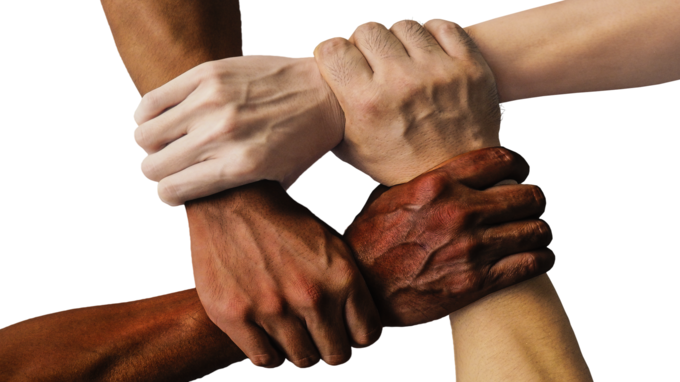Research In Action
Research In Action
Breadcrumb

In Philadelphia, we often see the news and hear the statistics about the violence that is plaguing our city. From June to mid-August, 26 children and adolescents under the age of 18 suffered a gunshot wound¹; while thankfully none of these injuries were fatal, it does not diminish the impact of this violence and the need for a coordinated community response.
Those of us who work with children and families see firsthand the incredible toll that traumatic events such as these take, emotionally, physically, cognitively, and behaviorally. There is a lack of safety in the “systems” where children should feel most protected, like schools, homes, and neighborhoods. Some children may actually be re-traumatized by their participation in programs meant to protect them. As a community, we have a shared responsibility to protect our children from harm and to hold each other accountable.
James's Story
James* is a 14-year-old African-American male who I have come to know well as a participant in our Violence Intervention Program at CHOP. In October, James was shot on his way home from the store and survived his injuries. Working with James, I have learned that he does not feel safe in his neighborhood or his school, that he stays awake most nights thinking about ways to protect his family, and can only sleep when it is light out. In addition to his recent assault, he witnessed a number of fatal shootings in his neighborhood in the past two years. He went on to identify numerous additional traumatic experiences in his young life.
Unfortunately, societal injustices already put James at a disadvantage because of the zip code he lives in and the race he was born. He was not given equal access to quality education, affordable housing, and livable wages. His early life experiences included homelessness, abuse, and witnessing domestic violence; all were touchpoints for James to receive care and increase his sense of safety.
And yet, it was not until age 14, when he was shot, that he and his family began to receive services. Services that help him begin to understand that he is not the problem, but that the systems around him as he grew up failed to protect him. These traumatic experiences shape James’ worldview, his perception of safety, his education, and without the appropriate intervention, that impact could ultimately lead to his premature death.
The injustices that James has experienced are a common narrative of many inner city families. There are historical, political, social and economic factors that contribute to the prevalence of trauma in our city today, which also predicts the availability and access to needed resources.
What We Can Do
Our Violence Intervention Program is one of a number of programs at CHOP that seeks to reduce violence and promote healing in clinical, school, and community settings. We provide intensive case management, trauma and group therapy to children and families after they seek medical care as a result of following violent injury. By increasing safety across environments for our participants and their families, we decrease the risk of re-traumatizing children. We can disrupt the cycle of violence and prevent retaliation, too.
In our daily work of helping families navigate the vast array of city-wide systems and support services, such as schools, police and criminal justice, human services, and mental health, we see when things work well for families and when they work against them. We see the gaps in the systems and the kids, like James, who fall through the cracks.
I have learned that systems work best when the people within them bring to each encounter their compassion and the recognition that children and families are trying their best to survive and protect themselves. Acknowledging this requires evaluating the individual and systemic challenges faced by both the families we serve and providers—poverty matched with underfunding, high need paired with high caseloads, and cookie cutter criteria for services that do not account for the complexity of those we serve.
To reverse this devastating trend, we need to ensure that all children have the opportunity and access to heal from negative experiences, to feel safe, and reduce the amount of re-traumatization. To do this, we must communicate and collaborate across systems. We must be trauma-informed and see the individuals, not just the statistics. When systems understand the traumatic impact of poverty, racism, and social injustice, we can create opportunities for families rather than barriers. In turn, we can reduce violence and save lives.
*James is a fictitious name to protect confidentiality

